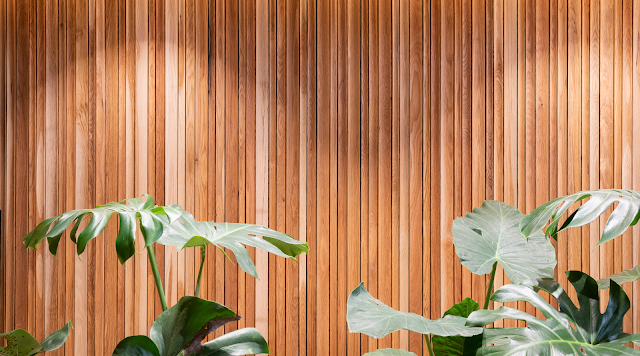Introduction to Wood Cladding
Wood wall cladding, a popular architectural element, has gained significant traction in modern renovation projects for both homes and offices. This versatile material involves covering the exterior or interior of a building with wooden boards, adding a natural and aesthetically pleasing look to any space. As more people seek to create warm, inviting environments, wood wall cladding has become a go-to choice for its numerous benefits.
Types of Wood Cladding
When it comes to selecting the perfect wood for your cladding project, you have several options to choose from. Each type of wood offers unique properties and characteristics that can enhance the overall look and feel of your space.
- Cedar: Known for its natural resistance to decay and insects, cedar is a popular choice for exterior cladding. Its warm, reddish hue and straight grain pattern add a rustic charm to any building.
- Oak: Durable and strong, oak cladding provides a classic, timeless appearance. Its distinctive grain pattern and ability to withstand harsh weather conditions make it an excellent choice for both interior and exterior applications.
- Pine: Pine cladding offers a cost-effective solution for those looking to achieve a natural wood look. Its light color and subtle grain pattern can brighten up any space, making it ideal for interior projects.
Benefits of Wood Cladding
Incorporating wood cladding into your home or office renovation project comes with a multitude of benefits:
- Aesthetic Appeal: Wood cladding instantly adds warmth and character to any space, creating an inviting atmosphere. The natural beauty of wood grain patterns can elevate the overall design of your property.
- Insulation: Wood is an excellent natural insulator, helping to regulate the temperature within your building. This can lead to reduced energy costs and a more comfortable living or working environment.
- Eco-Friendliness: As a renewable resource, wood cladding is an environmentally conscious choice. It has a lower carbon footprint compared to other building materials, making it a sustainable option for the environmentally minded.
Wood Cladding Installation
Installing wood cladding is a straightforward process that can be achieved with the right tools and techniques. Here's a step-by-step guide to help you get started:
- Preparation: Ensure that the surface you plan to clad is clean, dry, and free from any debris. Make any necessary repairs before beginning the installation process.
- Tools Required: You will need a saw, drill, level, hammer, nails, and wood screws. Make sure to select the appropriate fasteners based on the type of wood you are using and the surface you are attaching it to.
- Best Practices: Start by installing a moisture barrier to protect the wood from any potential water damage. Begin cladding from the bottom and work your way up, ensuring that each board is level and securely fastened. Leave a small gap between boards to allow for natural expansion and contraction.
Maintenance and Sustainability
To ensure the longevity of your wood cladding, regular maintenance is essential. Here are some tips to keep your cladding looking its best:
- Cleaning: Regularly clean your wood cladding with a soft-bristled brush and mild detergent to remove any dirt or debris. Avoid using pressure washers, as they can damage the wood.
- Staining and Sealing: To protect your cladding from the elements and maintain its color, consider applying a wood stain or sealer every few years. This will help to prevent fading and extend the life of your cladding.
- Sustainability: Wood cladding is a sustainable choice compared to other building materials. It is renewable, biodegradable, and has a lower environmental impact in terms of production and disposal.
Case Studies
To inspire your own wood cladding project, let's take a look at some successful real-world examples:
- Residential Home in Dubai: A stunning villa in Dubai underwent a complete transformation with the addition of cedar wood cladding. The warm, natural tones of the wood perfectly complemented the modern architecture, creating a luxurious and inviting atmosphere.
- Office Space Renovation: An outdated office building was given a fresh, contemporary look with the installation of oak wood cladding. The result was a professional and stylish space that impressed clients and boosted employee morale.
Conclusion
Wood cladding in Dubai is a versatile and attractive option for those looking to transform their homes or offices. With its natural beauty, insulating properties, and eco-friendliness, it's no wonder that wood cladding has become a popular choice among renovation enthusiasts in Dubai and beyond. By following the installation and maintenance tips outlined in this guide, you can create a stunning space that will stand the test of time.
Whether you opt for the classic charm of oak, the rustic appeal of cedar, or the cost-effectiveness of pine, wood cladding offers a range of benefits that can elevate any property. So why not embrace the timeless elegance of wood cladding in your next renovation project?
For more inspiration and expert advice on wood cladding solutions in Dubai, visit Wooden Fence Dubai Wooden Fence Dubai and discover how we can help you transform your space.






.webp)
.webp)
.webp)




